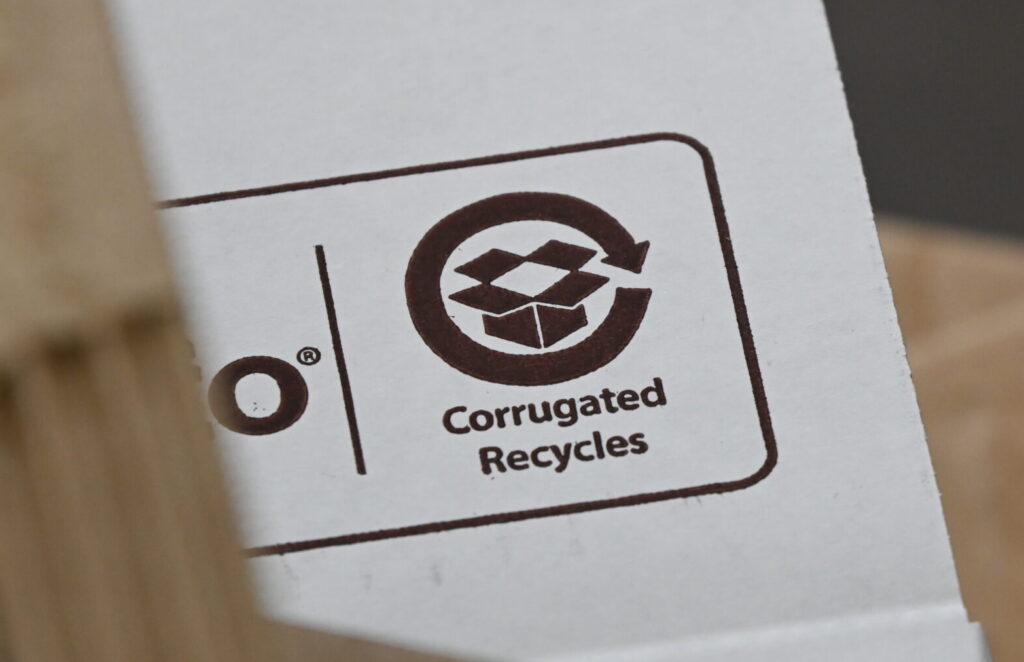Corrugated is the most recycled packaging material on earth, and always has been. For the last decade, about 90% of corrugated produced in the U.S. has been successfully recovered and recycled, and the average box contains 52% recycled fiber. In contrast, less than 9% of plastic gets recycled, and the remainder lasts forever in landfills or worse, in oceans and waterways, harming ecosystems and wildlife. Corrugated is one of few materials that can be recovered for recycling through an established, healthy market and never needs to go to waste.

Before it can be recycled and reused, the journey of the corrugated box begins in a sustainably managed forest, specifically all of which are tree farms. The wood and paper products industry plays an important role in forest preservation by growing and harvesting trees on sustainably managed farms. In fact, 39% of U.S. forestland sits on family-owned tree farms today, and about 90% of U.S.-sourced wood fiber comes from private landowners who are deeply invested in maintaining a sustainable crop to stay in business, and keep the land forested. The trees they grow are used to produce renewable, recyclable packaging materials like corrugated boxes, allowing them to maintain healthy forestland. Over 3.2 million new trees are planted every day and more trees are living on American soil today than 50 years ago, covering one-third of U.S. land.
The corrugated industry’s commitment to sustainability continues throughout box production, use and end-of-life, in circular fashion. Box companies work diligently to minimize environmental impact through continuous improvements in manufacturing technology. They constantly innovate, and help their suppliers to prioritize the use of safe, healthy materials, which creates packaging that helps CPGs and retailers achieve their own sustainability objectives, paying it forward to benefit all. The corrugated industry also submits to periodic Life cycle assessment (LCA) studies performed to the highest standards, evaluating the life-cycle impacts of an average corrugated box on the environment. Over the years, these LCAs show box manufacturers are steadily replacing fossil fuels with renewable energy and continually reducing greenhouse gas (GHG) emissions alongside other positive trends that benefit the environment.
Access ICPF’s Sustainability Webinar Materials
In December 2023, ICPF hosted over 50 packaging students and instructors for a live webinar to discuss the ways in which the corrugated packaging industry continues to prioritize sustainability through science-based goals and innovation. ICPF partnered with Rachel Kenyon, Fibre Box Association Senior Vice President, who shared results from the industry’s newly released life cycle assessment (LCA) and outlined the benefits of working for an industry committed to making positive change for our world. If you were unable to attend, or would like to share this learning opportunity with your students, please access the recording below. The 30-minute presentation is followed by a live Q&A session with Rachel Kenyon and our participants.